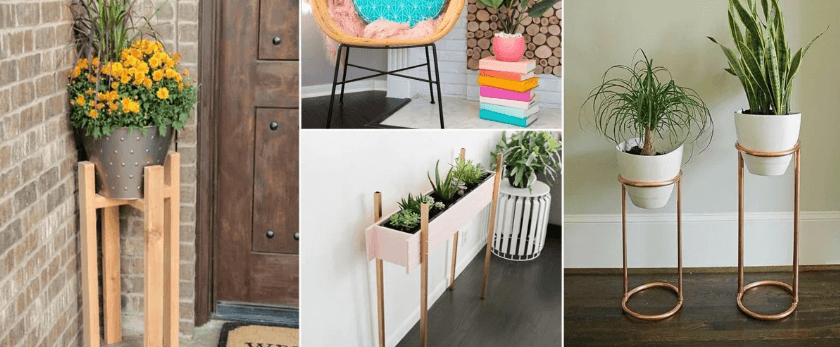As we become more aware of the impact of our actions on the environment, many of us are looking for ways to reduce our carbon footprint and live a more sustainable lifestyle. One area where we can make a positive change is in our home decor choices. Instead of buying mass-produced, environmentally harmful products, we can opt for homemade alternatives that not only reduce waste but also add a personal touch to our living spaces. In this article, we will explore the benefits of making your own plant stands and provide a step-by-step guide on how to create your own.
Why Traditional Plant Stands are Bad for the Environment
Traditional plant stands, made from materials such as plastic, metal, or wood, have a negative impact on the environment in several ways. First, the production of these materials requires a significant amount of energy and resources, contributing to carbon emissions and deforestation. Additionally, the transportation of these products from factories to stores and then to our homes further adds to their carbon footprint.
Moreover, many traditional plant stands are not designed to last, and they often end up in landfills after a short period of use. This not only adds to the growing waste problem but also releases harmful chemicals into the environment as these products break down.

The Benefits of Making Your Own Plant Stands
Making your own plant stands is a simple and effective way to reduce your environmental impact. By using materials that are already available in your home or can be easily sourced from sustainable sources, you can significantly reduce the carbon footprint of your plant stands. Additionally, homemade plant stands are often more durable and can be customized to fit your specific needs and style preferences.
Furthermore, making your own plant stands is a great way to repurpose old or unused items, reducing waste and promoting a circular economy. It also allows you to get creative and add a personal touch to your home decor, making it a fun and fulfilling DIY project.
What You Will Need
Before we dive into the step-by-step guide, here are some materials and tools you may need to make your own plant stands:
- Reclaimed or sustainable materials such as wood, metal, or fabric
- Measuring tape
- Saw or scissors
- Drill or hammer and nails
- Sandpaper
- Paint or stain (optional)
- Protective gear (gloves, goggles, etc.)
Step-by-Step Guide to Making Your Own Plant Stands
Step 1: Choose Your Materials
The first step in making your own plant stand is to choose the materials you will use. As mentioned earlier, you can repurpose old items or use sustainable materials such as reclaimed wood or metal. You can also get creative and use unconventional materials like old books, crates, or even PVC pipes.
Step 2: Measure and Cut Your Materials
Once you have your materials, measure and cut them to the desired size and shape. If you are using wood, make sure to sand down any rough edges to prevent splinters. You can also paint or stain the wood to add a pop of color or protect it from the elements.
Step 3: Assemble Your Plant Stand
Using a drill or hammer and nails, assemble your plant stand according to your design. If you are using unconventional materials, you may need to get creative with how you put them together. For example, you can stack old books to create a unique bookshelf plant stand.
Step 4: Add Finishing Touches
Once your plant stand is assembled, you can add any finishing touches such as decorative elements or a waterproof sealant if you plan on using it outdoors. You can also add wheels to the bottom of your plant stand for easy mobility.
Step 5: Choose the Right Plants
Now that your plant stand is ready, it's time to choose the right plants to display on it. Opt for plants that are native to your area and require minimal maintenance. This will not only reduce your environmental impact but also make it easier for you to care for your plants.
Responsible Disposal of Old Plant Stands
If you have old plant stands that you no longer need, it's important to dispose of them responsibly. Instead of throwing them away, consider donating them to a thrift store or repurposing them for another use. You can also recycle them if they are made from recyclable materials.
Conclusion
In conclusion, making your own plant stands is a simple and effective way to reduce your environmental impact and add a personal touch to your home decor. By using sustainable materials and repurposing old items, you can significantly reduce waste and contribute to a more circular economy. So why not give it a try and create your own unique and eco-friendly plant stands today? Your home and the planet will thank you.










